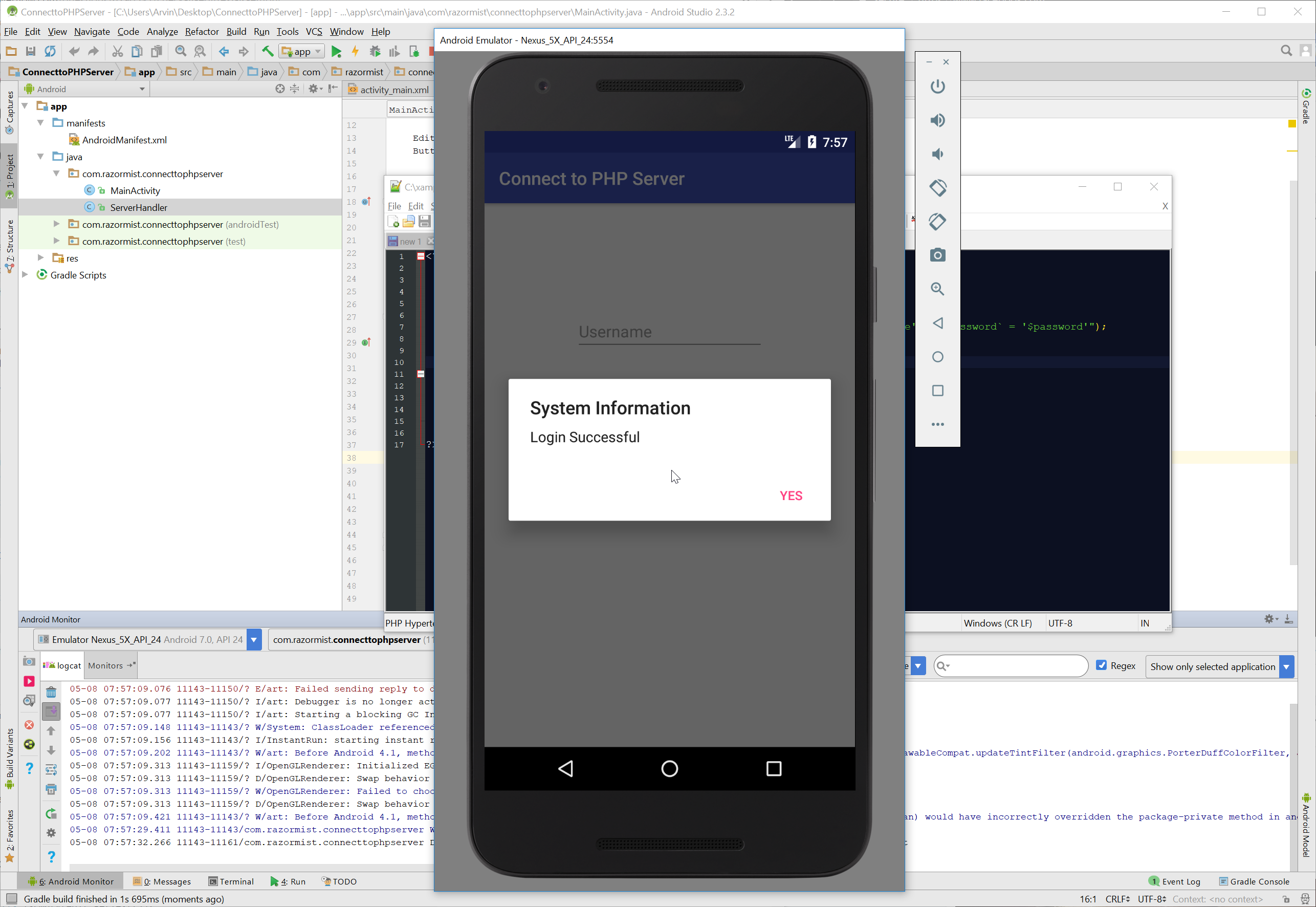Android Create New Context
Android uses a file system that'ssimilar to disk-based file systems on other platforms. This page describeshow to work with the Android file system to read and write files with theAPIs.A object works well for reading or writing large amounts of data instart-to-finish order without skipping around. For example, it's good for image files oranything exchanged over a network.The exact location of the where your files can be savedmight vary across devices, so you should use the methods described on this page to accessinternal and external storage paths instead of using absolute file paths.To view files on a device, you can log the file location provided by methods such as, and then browse the device fileswith Android Studio's.Choose internal or external storageAll Android devices have two file storage areas: 'internal' and 'external' storage. These namescome from the early days of Android, when most devices offered built-in non-volatile memory(internal storage), plus a removable storage medium such as a micro SD card (external storage).Many devices now divide the permanent storage space into separate 'internal' and 'external'partitions. So even without a removable storage medium, these two storage spaces always exist, andthe API behavior is the same regardless of whether the external storage is removable.Because the external storage might be removable, there are some differences between thesetwo options as follows. Kotlinval directory = context.filesDirval file = File(directory, filename)JavaFile directory = context.getFilesDir;File file = new File(directory, filename);Save a file on external storageUsing the external storage is great for files that you wantto share with other apps or allow the user to access with a computer.After you and, you can save two different typesof files:.: Files thatshould be freely available to other apps and to the user. When the user uninstalls your app,these files should remain available to the user.


For example, photos captured by your app or otherdownloaded files should be saved as public files.:Files that rightfully belong to your app and will be deleted when the user uninstallsyour app. Although these files are technically accessible by the user and other apps because theyare on the external storage, they don't provide value to the useroutside of your app.Caution: The external storage might become unavailable if the userremoves the SD card or connects the device to a computer.
Android Context Menu Example. Android context menu appears when user press long click on the element. It is also known as floating menu. It affects the selected content while doing action on it. It doesn't support item shortcuts and icons. Let's see the simple example of context menu in android.
And the files are still visible to theuser and other apps that have thepermission. So if your app's functionality depends on thesefiles or you need to completely restrict access, youshould instead write your files to the. Request external storage permissionsTo write to the public external storage, you must request thepermission in your.Note:If your app uses thepermission, then it implicitly has permission to read the external storage as well.If your app only needsto read the external storage (but not write to it), then you need to declare thepermission.Beginning with Android 4.4 (API level 19), reading or writing files in your app's privateexternal storage directory—accessed using—does not requiretheorpermissions. So if your app supports Android 4.3 (API level 18) and lower, and you want to accessonly the private external storage directory, you should declare that the permissionbe requested only on the lower versions of Android by adding theattribute.Verify that external storage is availableBecause the external storage might be unavailable—such as when the user has mounted thestorage to a PC or has removed the SD card that provides the external storage—youshould always verify that the volume is available before accessing it. You can query the externalstorage state by calling.
Android Create New Context In History

If the returnedstate is, then you can read andwrite your files. If it's, you can onlyread the files.For example, the following methods are useful to determine the storageavailability. Note: When the user uninstalls your app, the Android system deletesthe following:. All files you saved on internal storage. All files you saved external storage using.However, you should manually delete all cached files created withon a regular basis and also regularly deleteother files you no longer need.
Additional resourcesFor more information about saving files to the device's storage, consult thefollowing resources. Codelabs.Content and code samples on this page are subject to the licenses described in the. Java is a registered trademark of Oracle and/or its affiliates.